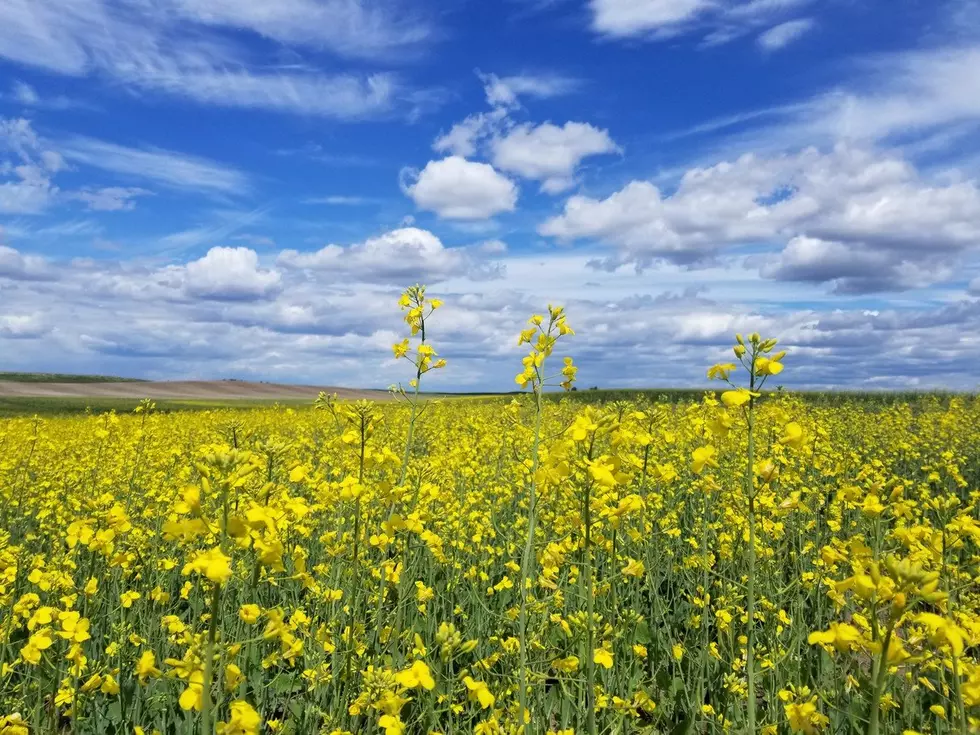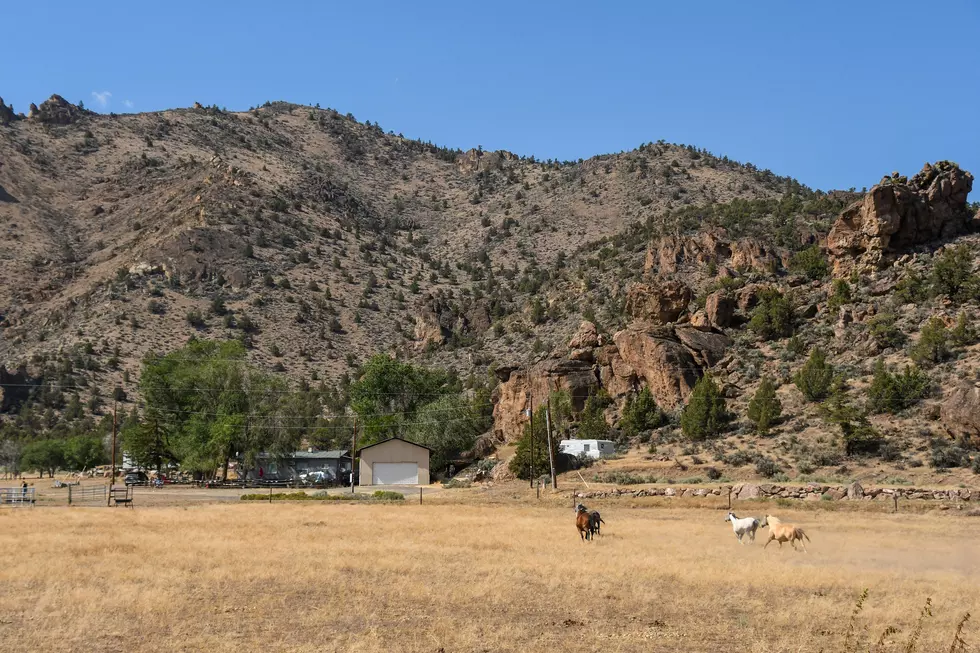
Several Surprises Reported From Canada’s Heartland
Statistics Canada has released it’s third-quarter results for the Prairie provinces harvest, and there were some surprises from September’s estimates. Bruce Burnette, chief markets analyst with Markets Farm based in Winnipeg, said nearly all Canadian Prairie harvest numbers where improved from last year’s drought-affected results. Some of the largest acreage and longer-season crops were switched up, with a slow start to planting this spring. So, large acreage shifts to shorter season barley and oats came at the expense of canola and wheat results.
“We had a late planting on the eastern third of the Prairies this year. So, that caused some acreage switching from some of the longer season crops like wheat and canola, into the shorter season crops like barley and oats. That was the chief thing that came out in this report. Barley production up about 6 percent from the September estimate, and oat production up 11%.”
Canada is the world’s largest exporter of Durham wheat. This year’s actual harvest numbers dropped by more than ten percent from the September crop-estimate report. And while the actual harvest numbers were lower, Burnette says that international demand is very high, especially from countries that had poor harvests this year.
“Durham production dropped about 12% from the estimate made in September, to 5.4 million tons. The market had been expecting a crop of over six million tons. Most of the demand for Durham is north African and southern European countries, and those countries had a rough growing season. So, we’re anticipating exports to be relatively strong.”
Canada’s canola crop took a five percent drop from the September estimates, while Lentil production and spring wheat numbers were also down, but just slightly.
“Spring wheat estimate came in about 300,000 tons lower than in September’s. For such a large crop that’s not really a big change, it’s like one percent. And lentils came in at 2.3 million tons, down about 480,0000 tons from the September estimate. Canola production, however, was down five percent. Again, all of these numbers substantially better than last year, when we had a drought that was extensive across the Prairie region.”
Considering that much of Saskatchewan and eastern Alberta continue to suffer a severe lack of soil moisture, harvest results were, in some cases, surprising. Bruce Burnette said farmers in the central prairies are happy to see snowfall this winter, but rainfall events in the fall failed to materialize.
"About half of the Prairies still very desperately short of soil moisture. We’re talking about an area sort of west of Regina and Saskatoon over to the Alberta border. And, even in eastern Alberta it’s still very, very dry," Burnette noted. "We’d certainly liked to have seen a couple of good rains in October, which we just didn’t get, out in those areas.”
If you have a story idea for the PNW Ag Network, call (509) 547-9791, or e-mail glenn.vaagen@townsquaremedia.com
More From PNW Ag Network









